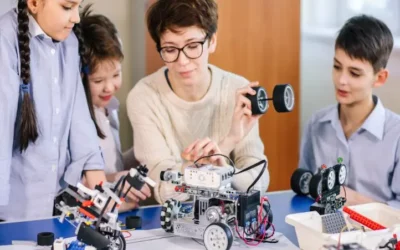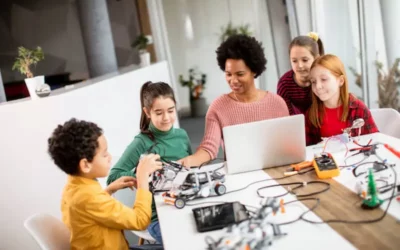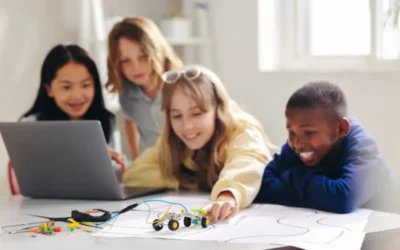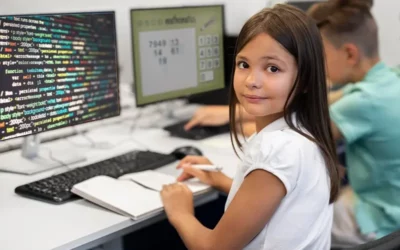Did you know that the beloved character Mickey Mouse was one of the first ever animated characters to have a synchronized sound in a cartoon? This iconic mouse brought animation to life and captured the hearts of generations. Just like Mickey Mouse, animation has continued to evolve and captivate audiences around the world.
As parents, understanding the world of animation can open up a whole new realm of creativity and entertainment for you and your children. In this comprehensive guide, we’ll delve into the exciting world of animation, from its roots to the cutting-edge techniques used today.
Table of contents
- Introduction to Animation
- Traditional Animation
- Computer Animation
- Stop Motion Animation
- Animation Projects
- Animation Careers: Pathways and Opportunities
- Animation Techniques: Enhancing Your Craft
- The Traditional Animation Process
- Computer Animation Methods
- Stop Motion Animation: Behind the Scenes
- Animation Careers Options
- Beginner Animation Flipbook
- Cartoon Creation
- Animated Films: From Concept to Screen
- Beginner Animation Guide
- Creating Animated Content: Tips and Tricks
- Animation Techniques: Sound and Music
- Animation Ethics and Copyright
- Animation in Education and Training
- Conclusion
- Frequently Asked Questions
Introduction to Animation
Animation is more than just moving images; it’s a form of storytelling that brings characters and worlds to life. From the early days of hand-drawn animation to the advanced computer-generated graphics of today, animation has the power to evoke emotions, convey messages, and entertain people of all ages.
Animation isn’t limited to just cartoons and movies. It plays a crucial role in industries like childrens education, advertising, , games for kids, and even medical visualization. Animated content can simplify complex concepts, engage learners, and create memorable experiences.
Over the years, animation techniques have evolved from simple drawings to intricate 3D models and dynamic simulations. Understanding the progression of these techniques can help you appreciate the artistry and innovation behind every frame.
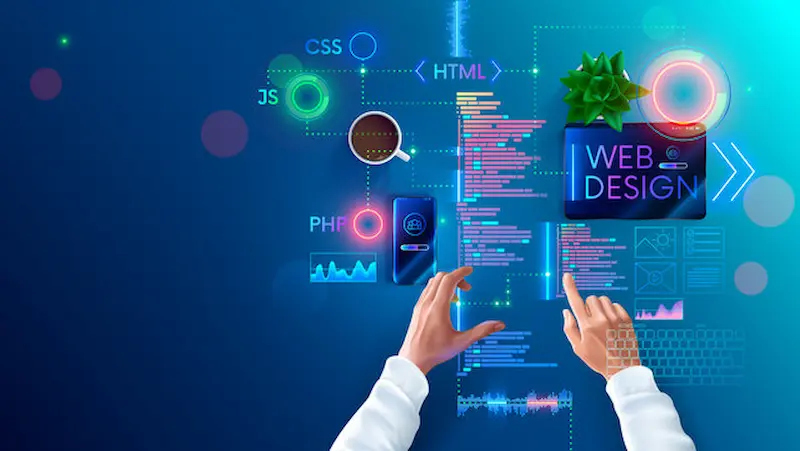
Traditional Animation
Traditional animation, also known as cel animation, involves hand-drawing each frame to create the illusion of movement. This labor-intensive process was the foundation of animation and laid the groundwork for the techniques we use today.
Discover the fascinating step-by-step process behind traditional animation, from sketching the initial frames to adding vibrant colors and details. This technique provides a tangible sense of the artist’s touch in every frame.
Advantages and Limitations of Traditional Animation
While traditional animation offers a unique charm and artistic feel, it’s essential to recognize its limitations in terms of time and resources. Understanding its pros and cons can help you appreciate the dedication and skill required in this form of animation.
Computer Animation
With the advent of technology, computer animation revolutionized the industry. Computer-generated imagery (CGI) allows for greater flexibility, realism, and the creation of entire virtual worlds.
Methods of Computer Animation
Explore the various methods used in computer animation, the outcome depends upon the computer components specs including 3D modeling, rigging, and simulation. These techniques lay the groundwork for creating lifelike characters and environments.
3D Modeling and Rendering in Animation
Dive into the world of 3D modeling and rendering, where artists create intricate three-dimensional models and bring them to life with realistic textures, lighting, and effects.
Pros and Cons of Computer Animation
While computer animation offers incredible possibilities, it’s essential to weigh the advantages, such as efficiency and realism, against the potential challenges, such as technical complexity.
Stop Motion Animation
Stop motion animation brings physical objects to life through a series of meticulously crafted frames. This technique offers a tangible and unique charm that sets it apart from other methods.
Explore the process of creating stop motion animation projects, from setting up miniature sets to posing characters frame by frame. This technique encourages patience, attention to detail, and creativity.
Delve into the intricacies of stop motion animation, including techniques like puppetry, claymation, and cutout animation. This hands-on approach allows for endless creative possibilities.
Understand how stop motion animation compares to traditional and computer animation, and why it remains a beloved choice for both animators and audiences.
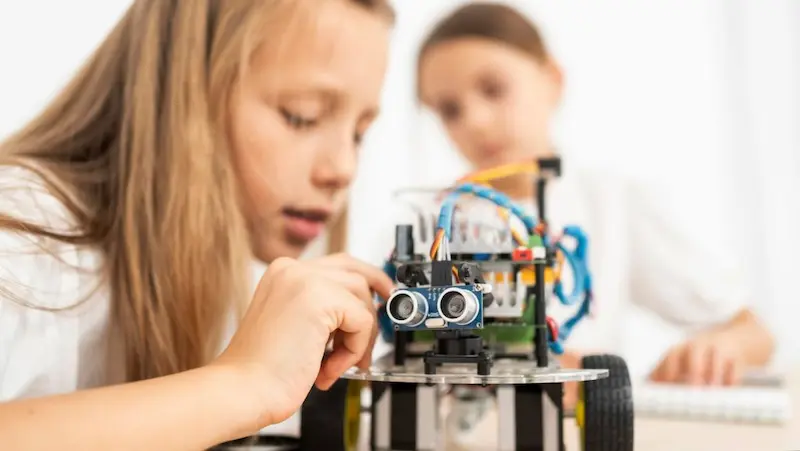
Animation Projects
Embark on the exciting journey of planning an animation project, from brainstorming ideas to defining the scope and objectives. Careful planning sets the stage for a successful animation.
Follow the creative process as an idea evolves into a complete animated project. Each step, from storyboarding to final touches, contributes to the overall impact of the animation.
Animation projects come with their own set of challenges, from technical glitches to creative roadblocks. Learn how to overcome these hurdles and bring your vision to life.
Animation Careers: Pathways and Opportunities
Diverse Career Options in Animation
Animation offers a wide range of career paths, from character animation to visual effects. Explore the possibilities and find a niche that aligns with your interests and skills.
Steps to Pursuing a Successful Animation Career
If your child shows a passion for animation, discover the steps to guide them toward a successful animation career, including education, skill development, and networking.
Animation Industry Trends and Job Market
Stay updated on the latest trends and advancements in the animation industry. A deep understanding of the market ensures that aspiring animators are well-prepared for the challenges and opportunities ahead.
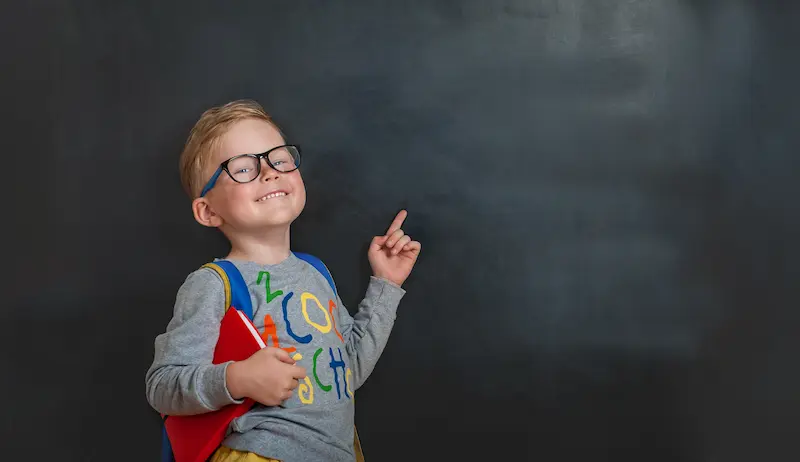
Animation Techniques: Enhancing Your Craft
Mastering Animation Principles: Timing and Spacing
Learn about animation principles like timing and spacing, which influence the flow and realism of movement in animations. Mastering these principles can elevate the quality of your animations.
Expressing Emotion through Character Animation
Characters are the heart of any animation. Discover how skilled animators breathe life into characters, making them relatable, expressive, and emotionally engaging. It also help to teaching kids about emotions .
Exploring Motion Blur and Smear Frames
Motion blur and smear frames are techniques used to convey fast-paced motion and dynamic action. Understanding when and how to use these techniques can add a dynamic flair to your animations.
The Traditional Animation Process
Pre-production: Storyboarding and Character Design
The pre-production phase is where the foundation of an animation is laid. Learn about storyboarding, character design, and how these elements shape the overall narrative.
Production: Layout, Inking, and Coloring
Step into the production phase, where the magic truly happens. Discover the intricate processes of layout, inking, and coloring that breathe life into the initial sketches like they have used to do coloring in coloring pages for kids before.
Post-production: Editing and Final Touches
Post-production is the final polish that brings all elements together. Explore the editing process, adding sound effects, and those final touches that make an animation shine.
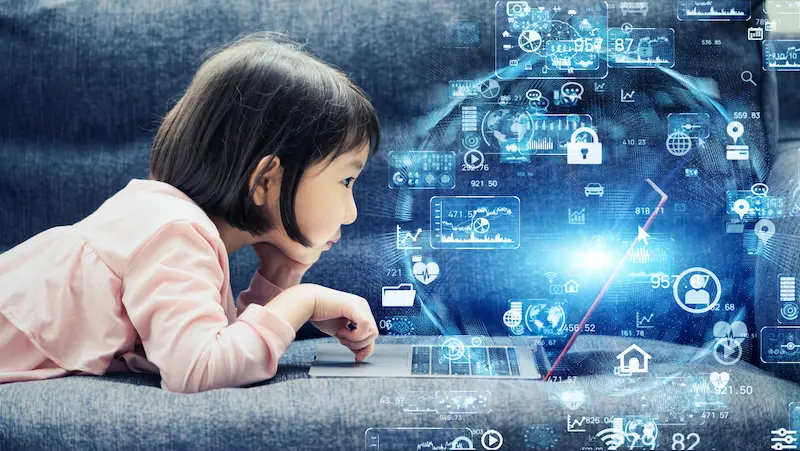
Computer Animation Methods
Creating Realistic Environments in 3D Animation
Creating realistic environments is a crucial aspect of 3D animation. Uncover the techniques used to design and render captivating digital worlds that immerse audiences.
Rigging and Skinning Characters for Movement
Rigging and skinning are essential steps in preparing characters for animation. Learn how these processes enable characters to move naturally and convincingly.
Fluid Simulation in Computer-Generated Animation
Fluid simulations add a touch of realism to animations, whether it’s the movement of water, fire, or other fluids. Dive into the world of dynamic simulations and their impact on visual storytelling.
Stop Motion Animation: Behind the Scenes
Creating miniature sets requires attention to detail and craftsmanship. Discover how these intricate settings play a vital role in the storytelling of stop motion animation.
Frame-by-frame animation is the heart of stop motion. Explore the meticulous process of capturing motion one frame at a time, resulting in captivating and tactile animations.
Even in stop motion, post-production matters. Learn about the role of visual effects, color correction, and sound design in enhancing the final stop motion animation.
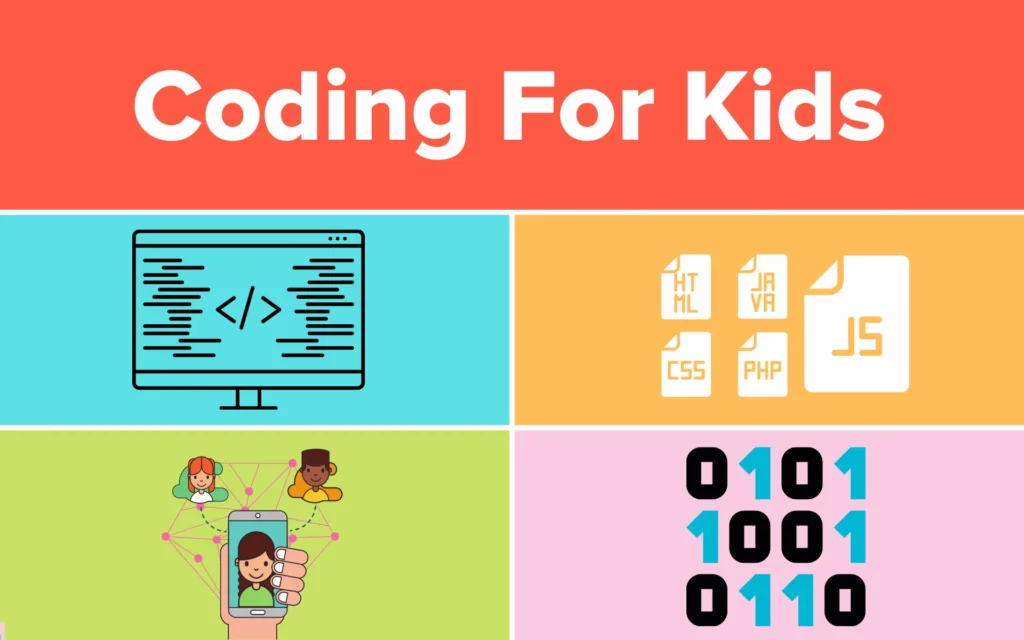
Animation Careers Options
Animator: Breathing Life into Characters
As an animator, you’ll be responsible for making characters move, emote, and interact. Explore the skills and mindset required to bring characters to life through animation.
Storyboard Artist: Visualizing the Narrative
Storyboard artists translate scripts into visual sequences, laying the groundwork for the entire animation. Discover how this role plays a vital part in shaping the narrative.
VFX Animator: Integrating Animation with Reality
Visual effects animators blend animation seamlessly with live-action footage. Explore how this role contributes to the world of film, television, and multimedia.
Beginner Animation Flipbook
Flipbooks are the simplest form of animation that anyone can try. Learn the basics of creating your own flipbook and witness your drawings come to life.
Follow a step-by-step guide to crafting your very first flipbook. This hands-on activity is a fantastic way to introduce your child to the concept of animation.
Cartoon Creation
Cartoons are all about whimsy and fun. Discover the art of cartooning and learn how to create endearing characters that resonate with both kids and adults.
Cartoon strips are a compact form of storytelling. Explore how to weave narratives and punchlines into a few panels, mastering the art of concise storytelling.
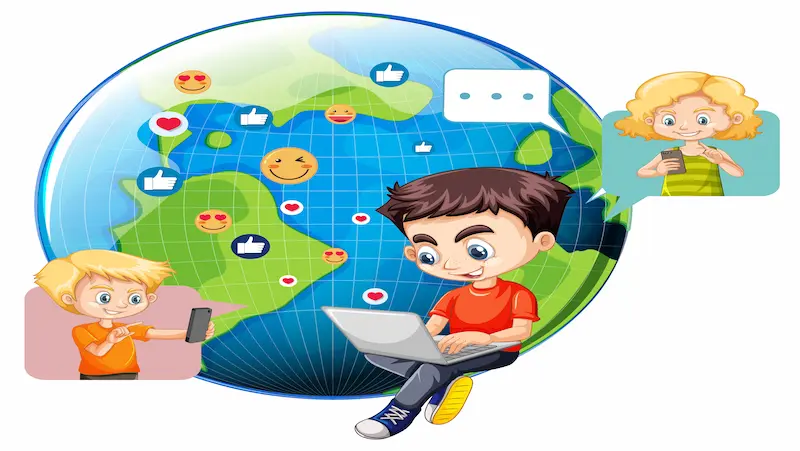
Animated Films: From Concept to Screen
Creating an animated film is a labor of love. Walk through the entire journey, from developing an idea to the final screening of the film in theaters.
Animated films aren’t just for kids. Explore how animation has transcended age boundaries and established its place in the world of cinematic storytelling.
Beginner Animation Guide
If your child is curious about animation, this section provides valuable tips and techniques to get them started on their creative journey.
Every animator starts somewhere. Learn about the foundational skills and practices that budding animators should focus on as they embark on their animation adventure.
Creating Animated Content: Tips and Tricks
Crafting Engaging Stories for Animation
A captivating story is the heart of every great animation. Discover the tips and tricks that can help you create narratives that resonate with audiences.
Incorporating Humor and Emotion in Animation
Humor and emotion add depth to animations. Explore how to infuse these elements into your work, creating animations that are both entertaining and moving.
Animation Techniques: Sound and Music
Sound is half the experience of animation. Understand the significance of sound design and how it enhances the visual storytelling process.
Learn the art of synchronizing soundtracks with animations. Proper audio integration can elevate the emotional impact of your work.
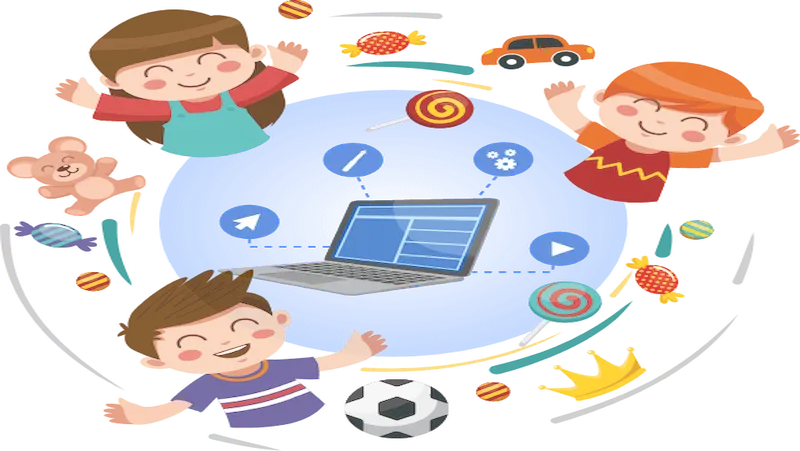
Animation Ethics and Copyright
In the world of animation, respecting copyright and intellectual property is essential. Explore ethical considerations and how they shape the way we create and share animations.
Animation can convey powerful messages, but it also comes with responsibilities. Discover the ethical considerations animators should keep in mind when creating content.
Animation in Education and Training
Animation isn’t just for entertainment; it’s a valuable educational tool. Explore how animation can make learning more engaging and effective for children.
If your child dreams of a career in animation, discover various training programs, workshops, and courses that can help them hone their skills and pursue their passion.
Conclusion
As you journey through this comprehensive guide to animation, remember the key takeaways that highlight the diversity, creativity, and endless possibilities of the animation world.
Animation is a canvas for creativity and innovation. Embrace the opportunities to explore new techniques, tell unique stories, and inspire the next generation of animators.
Whether you’re a parent interested in introducing your child to the world of animation or simply curious about the art form yourself, this comprehensive guide covers everything you need to know.
From the basics of animation techniques to the intricacies of different animation careers, this guide is your gateway to a vibrant and imaginative realm that has captured the hearts of audiences for generations. So, get ready to embark on a journey of creativity, exploration, and wonder in the world of animation.
To get your hands on more such educational and free resources, do check out the Brightchamps Blog Page now!
Frequently Asked Questions
A1. Traditional animation involves hand-drawn frames, while computer animation uses digital tools for 2D or 3D creations. Both convey motion, but methods and aesthetics differ.
A2. Begin by learning animation principles, practicing, and building a portfolio. Formal education, workshops, and networking can enhance skills and open job opportunities.
A3. Notable stop-motion films include “Coraline,” “The Nightmare Before Christmas,” and “Kubo and the Two Strings,” showcasing the unique charm of this technique.
A4. Yes, you can learn independently through online tutorials, practice, and experimentation. A strong passion and dedication are key to self-taught success.
A5. Popular software includes Autodesk Maya, Blender, and Adobe After Effects. They offer tools for 3D modeling, rigging, animation, and rendering.
A6. Storytelling is paramount in animation, creating emotional connections and engaging audiences. It shapes characters, plots, and the overall impact of animations.
A7. Animation must respect cultural sensitivities, avoid harmful stereotypes, and promote positive messages. Ethical choices ensure responsible content creation.
A8. Sound enhances emotions and atmosphere in animations. Sound effects, music, and voice acting bring characters and scenes to life, enhancing viewer engagement.
A9. Animation has revolutionized filmmaking with innovative storytelling, visual effects, and realism. It broadened genres, captured imaginations, and expanded cinematic possibilities.
A10. Online platforms like Udemy, Coursera, and YouTube offer animation courses. Books, forums, and software tutorials provide additional guidance for learning animation techniques.

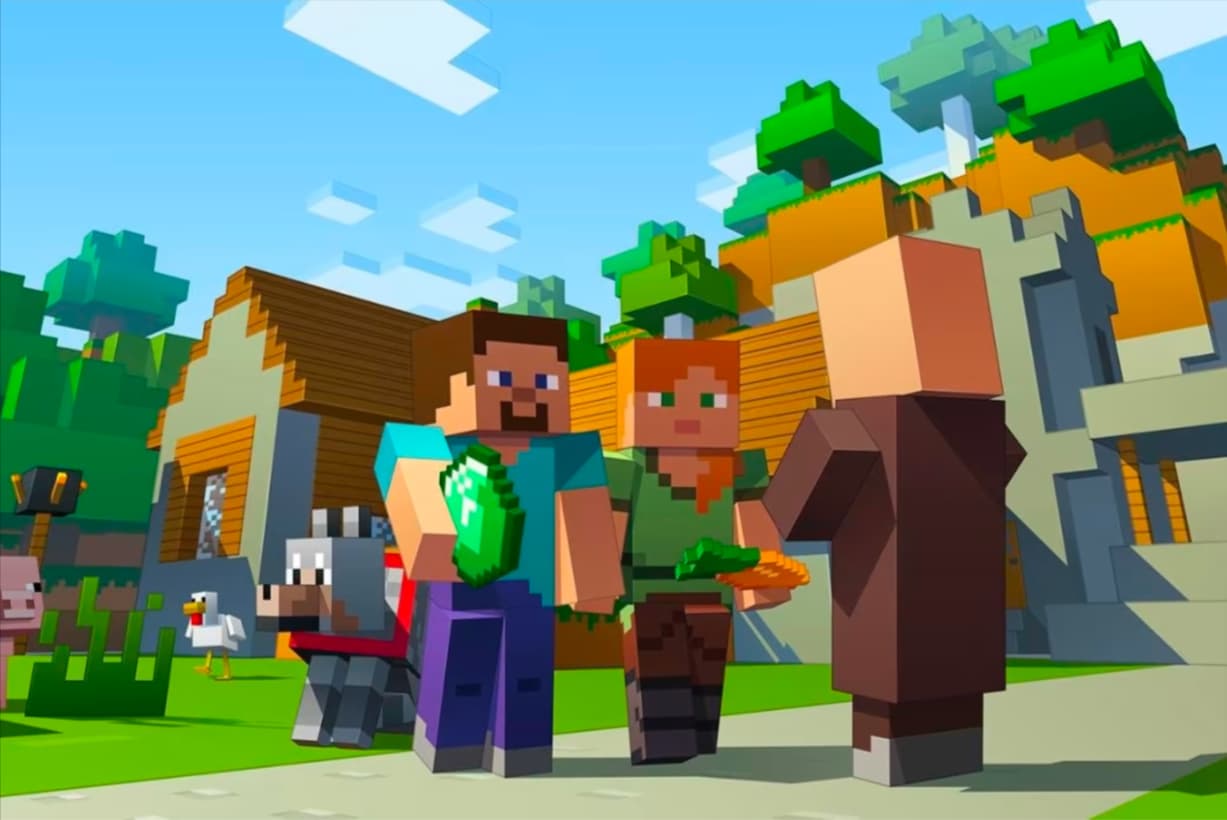
 We are an army of educators and passionate learners from BrightChamps family, committed to providing free learning resources to kids, parents & students.
We are an army of educators and passionate learners from BrightChamps family, committed to providing free learning resources to kids, parents & students.








